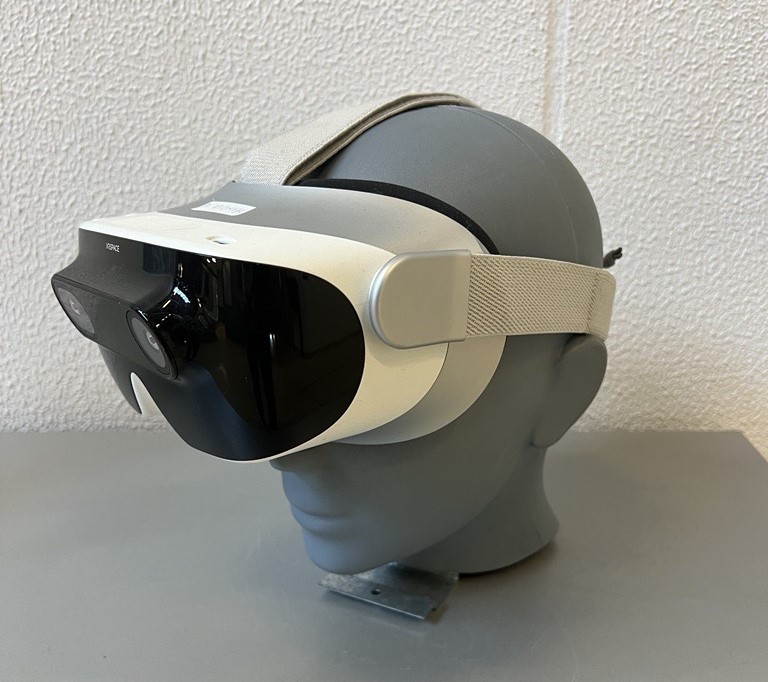VR4CBRN.
Four virtual reality experiences for military training

The VR4CBRN initiative was born within the framework of a multi-year agreement signed in 2018 by the LINKS Foundation, Politecnico di Torino, and the Third Wing of the Italian Air Force, leading to two contracts funded by the Ministry of Defense.
The activities represent the first example of immersive multiplayer simulations (up to 8 users simultaneously) in Virtual Reality for CBRN (Chemical, Biological, Radiological, Nuclear) operator training, validated by industry experts. Starting from April 2022, these activities have begun to be integrated into CBRN training courses in Italy. Additionally, in September 2023, the simulations were presented during the NATO TOXIC TRIP 2023 event as the CBRN CAPABILITY of the Italian contingent.
The four applications focus on three different NATO procedures:
- CCA COLPRO (Contamination Control Area and Collective Protection): a procedure involving a series of actions to thoroughly decontaminate civilian and military operators potentially exposed to CBRN agents.
- CCA MED (Contamination Control Area Medical): a procedure related to the previous one in which the contaminated individual presents critical clinical conditions and therefore must undergo, in addition to complete decontamination, specific medical treatments.
- RECCE TEAM (Reconnaissance Team): a procedure used for the identification and delineation of the area contaminated by CBRN agents.
In particular, the first procedure was developed using two different interaction systems, controllers, and free-hand tracking. In the first case, the user must use buttons to interact within the experience, while in the second case, they can interact manually using pre-configured gestures, without the use of external tools but only with their hands. Following different tests, it emerged that the free-hand tracking system is more natural and intuitive compared to controllers, as the effort required to memorize gestures, which are easily related to reality, is lower than that needed to memorize button associations, especially for users not very familiar with virtual reality or gaming experiences.
The developed VR simulations aim to overcome the limitations of practical training, providing configurable tools where operators can train in each phase of the procedure and download evaluation modules to track learning outcomes and provide feedback on the training conducted.
Finally, the simulations offer the instructor the ability to monitor virtual training, interact vocally with operators undergoing training, take notes, and capture photos using the desktop version of the experience, to discuss errors with trainees later on.
Advantages of VR Simulations
Education plays a crucial role in adopting new technologies, and one sector that can reap significant benefits is Virtual Reality (VR). This technology enables the creation of simulations of real-world scenarios that replicate situations or procedures from the real world, allowing users to undertake potentially dangerous situations without real-world risks. Users find themselves immersed in an experience where they can collaborate simultaneously with others and use expensive tools without the fear of damaging them, facilitating training and self-assessment without the need for a physical instructor. The advantage of VR simulations, therefore, is that they offer cost-effective solutions that minimize risks, reduce costs, and simplify the organization of training sessions while maintaining high learning performance, as demonstrated in various recent studies. These immersive VR simulations are particularly useful for training first responders who encounter hazardous situations such as floods, fires, or contaminations.


